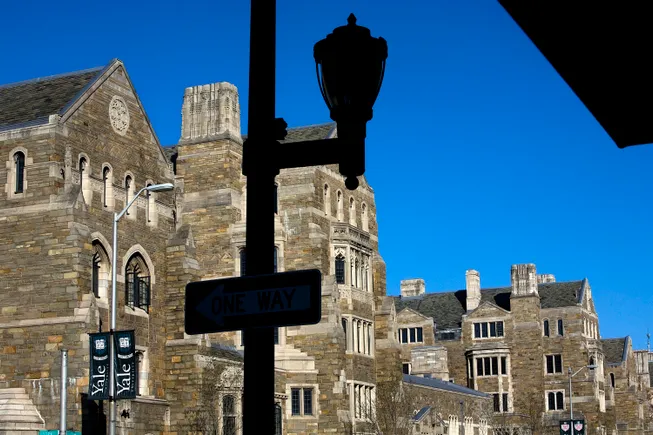Dive Brief:
- College endowment investments in private equity funds could pose an increasing liquidity risk amid slow dealmaking in the financial sector, according to a new analysis of top-ranked universities from research firm Markov Processes International.
- MPI’s analysis, published Monday, put the average endowment allocation to private equity at Ivy League and other elite colleges in fiscal 2023 at 36.7% — a substantial chunk of their investment total.
- About 26% of those allocations came in unfunded investment commitments, meaning the institutions are obligated to put up capital in the future. Those could be subject to capital calls by fund managers, which would require endowments to come up with cash to meet their commitments.
Dive Insight:
MPI zeroed in on the private equity holdings of endowments at the eight Ivy League institutions, along with the Massachusetts Institute of Technology and Stanford University.
Prompting the analysis are concerns around private equity. That sector has been hampered in recent years by high interest rates — which make private equity’s strategy of debt-financed buyouts less attractive — and a slowdown in the kinds of deals that drive returns.
Elite college and university endowments represent hundreds of billions of dollars in investments. At last count, Harvard University’s endowment was worth nearly $50 billion alone, while Yale University’s came in at over $40 billion in fiscal 2023 — each amounting to $2 million or more per student.
Of course, those figures represent endowment value, not cash. And that value is tied up in ever more sophisticated and complex investment portfolios that typically can’t be converted to cash as quickly as stocks and bonds can. Meanwhile, institutions need increasingly more cash to run their operations as expenses reach new highs.
Endowments have long sought to diversify and boost returns by investing in private equity funds, which aim to invest in undervalued and sometimes newer, growing companies.
Yale is credited with reimagining the modern university endowment in the mid-1980s, as it poured money into alternative investments, including private equity. The strategy has since been taken up by other elite institutions as well as smaller colleges.
By 2023, 45% of endowment funds sectorwide were in alternative investments, according to a study from Commonfund and the National Association of College and University Business Officers.
However, MPI’s analysis noted that endowments with less mature private equity portfolios could be subject to fewer distributions from their investments and higher capital calls from fund managers — which require investors to put up cash to meet as-yet unfunded capital commitments.
About 40% of Brown University’s $6.2 billion endowment, for example, is allocated to private equity — above the average for those studied — while 34% of that is unfunded, per MPI.
“As such, Brown could see lower distributions and higher calls on capital in the near- to mid-term,” the analysis said.
Others, such as Yale, have older private equity portfolios, which often means fewer unfunded commitments and higher distributions from their investments, MPI noted.
When fund managers make capital calls, endowments typically generate cash from the more liquid parts of their portfolios or from the cash distributions they are getting from private equity funds, MPI noted.
“Both sources of funding represent risk,” the firm said in its report, highlighting the stresses the cash-raising measures pose to endowments’ liquidity.
As endowments come under liquidity pressures, MPI pointed to some universities, including Harvard and Princeton, that have issued new debt this year to raise cash, incurring additional liabilities by doing so.
#tough #private #equity #environment #university #endowments










